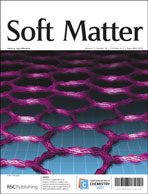To explore the complex molecular dynamics of glass-forming substances in the softening dispersion region from the glassy state to the rubbery state, polyisobutylene (PIB) and chlorinated butyl rubber (CIIR), representives of an amorphous polymer with effective chain packing and low intermolecular cooperativity, were doped with low molecular weight brominated para-tert-octyl phenolic resin (PR) and then tested using dielectric spectroscopy. The results show that the PR molecules, having little effect on the overall molecular dynamics of PIB and CIIR, can be used as the dielectric probes to successfully monitor local segmental motion, sub-Rouse modes and Rouse modes in the dielectric spectra simultaneously. The relaxation times of the local segmental motion and the Rouse modes can be directly obtained from the dielectric spectra. It is found that the Rouse modes have weaker temperature-dependence than the local segmental motion, indicating the thermorheological complexity of PIB and CIIR. Consequently, the local segmental motion superposes the Rouse modes at a temperature near Tg. This study suggests that the dielectric probes have the capability to detect and study different modes of molecular motion around the softening dispersion region.

You have access to this article
 Please wait while we load your content...
Something went wrong. Try again?
Please wait while we load your content...
Something went wrong. Try again?


 Please wait while we load your content...
Please wait while we load your content...